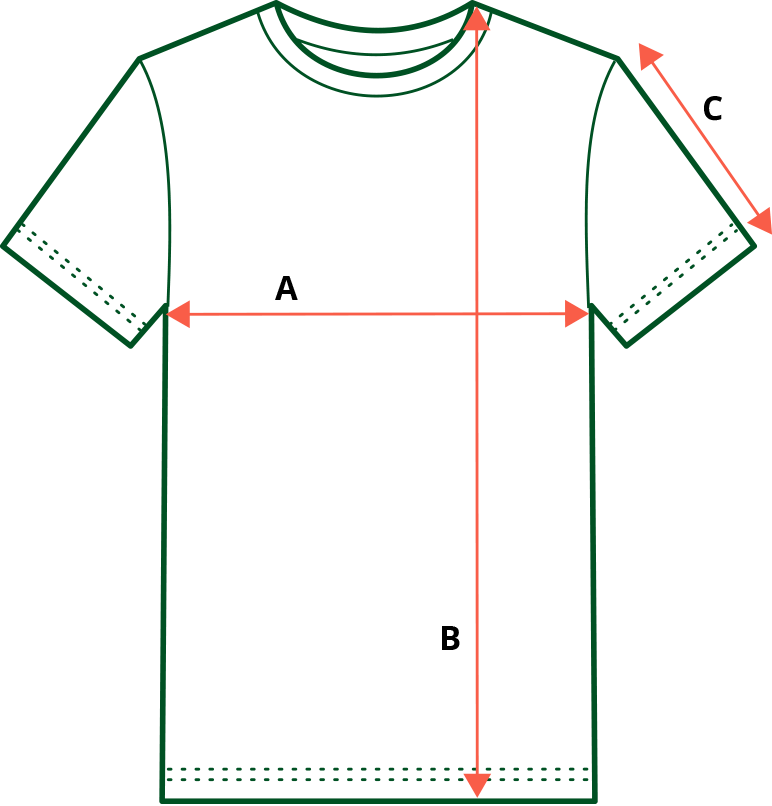Common heather — classic t-shirt
- Plant-themed t-shirts are a gift of avid lovers of all botanical specimens to kindred spirit flora fans and gardening enthusiasts. Knit composition: 100% cotton Weight: 190 g
Subscription products in your shopping cart
Set one delivery frequency for all subscription products in your cart every:
Subscription products in your shopping cart
Common heather
Calluna vulgaris
Common heather - is a small shrub belonging to the heather family (Ericaceae Juss.) with woody stems and evergreen, scaly leaves. The only species of the heather genus - it is common in Poland, as well as throughout Europe, Asia and Africa. Heather can grow both on dry sands and peat bogs, the condition, however, is poor and acidic soil with a pH of 3.5-5.0, heather is an indicator species of such soils.
Upright stems grow up to about 40 cm in height, spreading to form compact, puffy clumps. Leaves are light green in color - in winter, under the influence of frost, they can turn orange or red. Most showy are the honey-like flowers of heather - single, cup-shaped, forming dense, one-sided clusters on erect spikes - lilac-pink in color. Heather blooms from July to late autumn, with the most intense flowering season occurring in September - hence the origin of the month's name.
Although the heath landscape is associated with Scotland, you don't have to travel that far to admire the purple fields in autumn. The most beautiful heathlands in Poland can be seen in Western Pomerania, between the towns of Borne Sulinowo and Klomino. The Diabelskie Pustacie nature reserve stretches there, and the moors were created on the site of a former military training ground. Przemkowskie Wrzosowiska, located in the Przemkow Forest District, are certainly one of the most beautiful in Poland. During the flowering period, they attract with their lilac-purple color and honey scent, countless numbers of bees. The result is heather honey, which has been included by the European Commission in the Register of Protected Designations of Origin and Protected Geographical Indications. Near the village of Mostówka, near Warsaw, there is a beautiful heathland, one of the largest in Poland, covering an area of about 400 hectares.
| Size | Width (A) | Length (B) | Sleeve (C) |
|---|---|---|---|
| XS | 49 cm | 62 cm | 16 cm |
| S | 50 cm | 69 cm | 16 cm |
| M | 53 cm | 72 cm | 17 cm |
| L | 56 cm | 74 cm | 18 cm |
| XL | 58 cm | 76 cm | 19 cm |
| XXL | 62 cm | 78 cm | 19 cm |
| 3XL | 64 cm | 80 cm | 20 cm |
| 4XL | 68 cm | 84 cm | 21 cm |
| 5XL | 72 cm | 88 cm | 21 cm |
How to measure?
The t-shirts are measured flat, loosely. The measurement, which can be found in the table, was taken at the location indicated by the arrows in the picture below:




















